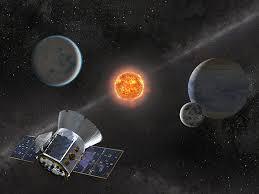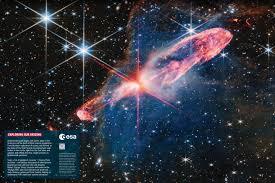
Space Agencies such as NASA,ESA, SPACEX and ChinaSpaceAgencies Potential Astronomic Discoveries and ExoPlanet Distant Galaxies Analysis emphasized the mind-Boggling ScalaBility of the Universe; Especially the ldeality that Earth is Merely a Tiny Speck in the Vast Cosmic Ocean.
Earth is just one of an estimated 100 billion to 3.2 trillion planets in the vast expanse of the Milky Way galaxy, which itself harbors between 100 billion to 400 billion stars, including our Sun. Beyond our galaxy, the observable universe stretches across 93 billion light-years, containing an estimated 2 trillion galaxies, each teeming with billions—if not trillions—of stars and planets.
These staggering cosmic figures emphasize the mind-boggling scale of the universe, reinforcing the ideal that Earth is merely a tiny speck in the vast cosmic ocean.
As space agencies like NASA, ESA, and SpaceX push the boundaries of deep-space exploration, astronomers continue to discover exoplanets, analyze distant galaxies, and search for extraterrestrial life using cutting-edge technology like the James Webb Space Telescope and advanced radio astronomy.
The mysteries of dark matter, dark energy, black holes, and the Big Bang remain unsolved, driving scientists to decode the fundamental secrets of the cosmos.

With innovations in interstellar travel, quantum physics, and artificial intelligence, humanity is on the verge of a new era in space exploration, raising questions about future colonization on Mars, habitable exoplanets, and the possibilities of alien civilizations. As our knowledge expands, so does the fascination with the infinite universe and what lies beyond the limits of our comprehension.
Kindly,Subscribe with your Valid Email Address and receive Relevant Notifications to your active Device with Professionalism.
Thankyou for the Scheduled Quality Ample Time.
